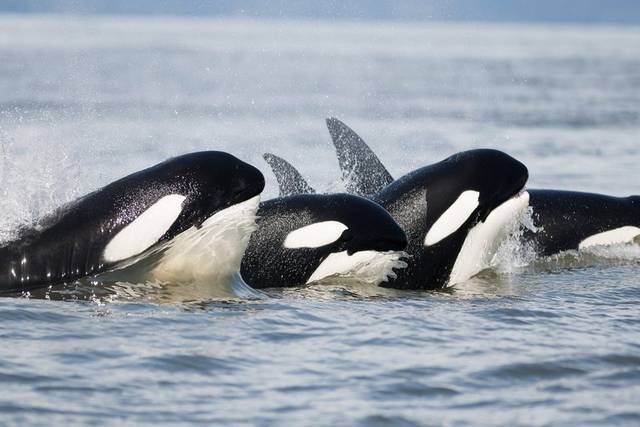The waters off British Columbia’s coast have always been rich with marine life, but this summer has brought an unusual abundance of orcas and humpback whales. From the southern Gulf Islands to the remote inlets of the north coast, sightings are up, thrilling whale-watchers and delighting scientists studying these iconic species.
Marine biologists credit a combination of factors for the increase, including healthy salmon runs, improved water quality, and international conservation efforts. “We’re seeing more consistent feeding patterns and a wider distribution of pods,” said Dr. Claire Matthews, a marine ecologist at the University of Victoria. “It’s a positive sign for both the whales and the ecosystems they inhabit.”
Tour operators have responded by expanding routes and adding departures, particularly in smaller communities that traditionally saw fewer visitors. In Port Hardy, a new Indigenous-owned whale-watching company offers excursions that combine wildlife viewing with cultural interpretation, sharing traditional knowledge about marine life and coastal stewardship.
In the Strait of Juan de Fuca, resident orca pods have been spotted more frequently, often lingering near shorelines where fish are plentiful. Humpbacks, once rare in these waters due to historical whaling, have been making a remarkable comeback, with mothers and calves breaching just meters from tour boats. “It’s breathtaking every single time,” said veteran captain Neil Carter. “Even after 20 years, I still get goosebumps.”
The boom in whale activity has also drawn attention to the importance of responsible tourism. Operators follow strict guidelines to keep safe distances from the animals and minimize noise pollution, which can disrupt whale communication. “We want to give people an unforgettable experience without putting stress on the whales,” Carter emphasized.
Local economies are feeling the benefits, as hotels, restaurants, and other businesses see increased bookings tied to whale-watching tours. The BC Ministry of Tourism has launched marketing campaigns highlighting the province as one of the world’s top whale-watching destinations, particularly during the late summer and early fall when sightings peak.
Scientists caution, however, that climate change and shifting ocean conditions could impact whale populations in the future. For now, though, the expanded hotspots along BC’s coast offer a rare opportunity to witness these giants of the sea — a reminder of the wild beauty that thrives just beyond the shoreline.
